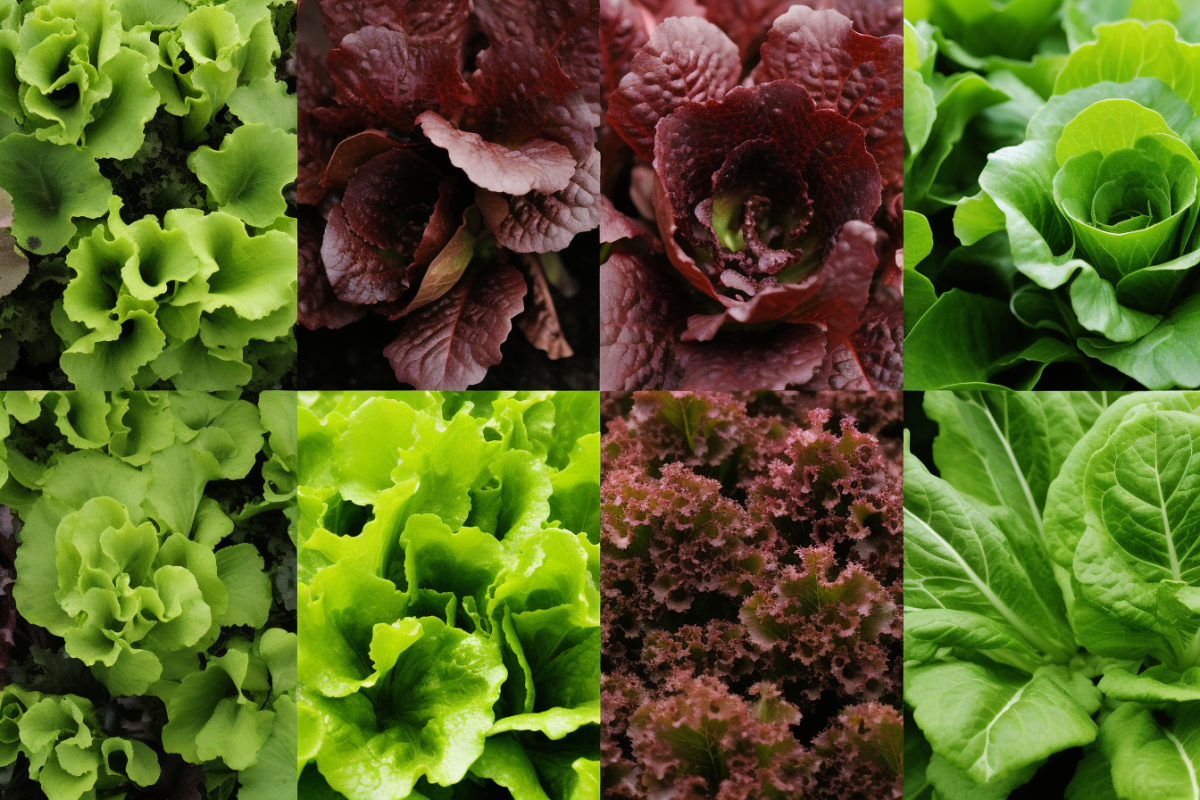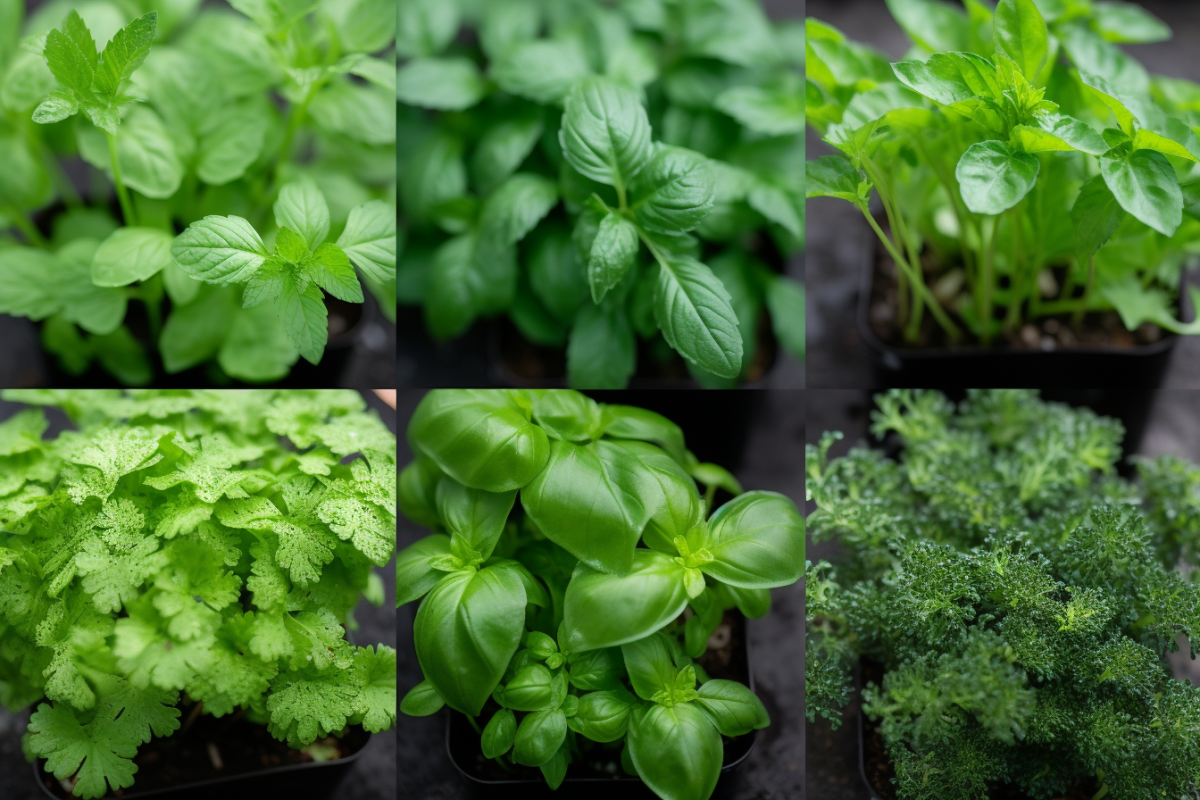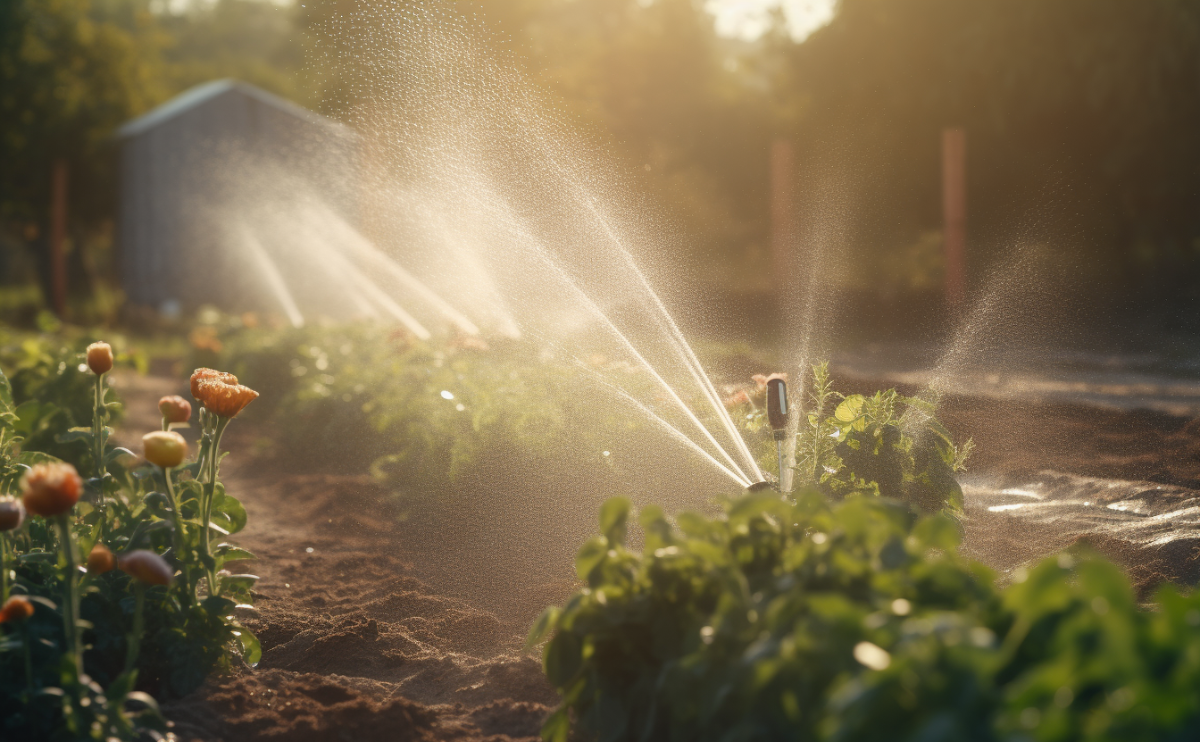A lush, productive garden is the pride and joy of every gardener. Knowing how to water your garden correctly is crucial in ensuring its growth and health. This guide aims to give gardeners in the United States a comprehensive understanding of garden watering.
Understanding Plant Water Requirements: More Than Just a Drink
Different plants have unique watering requirements that change depending on their size, type, age, growth stage, and location. It’s essential to learn about the specific watering needs of your garden plants, especially vegetables, herbs, and lettuces, which we will discuss in greater detail later.
Climate Considerations and Seasonal Variations: The USA Perspective
Across the United States, we find an array of climates from the dry desert regions of Arizona to the tropical conditions in Florida, and the temperate Pacific Northwest. Understanding your local climate is crucial in determining the frequency and amount of water your garden requires.
During the hot and dry summers, especially in the Midwest and Southern states, gardens may need to be watered more frequently. Conversely, in cooler and rainy regions like the Pacific Northwest, plants may require less frequent watering.
Fall and winter bring their own challenges. As temperatures drop, especially in the Northern states, plants enter a dormant stage requiring less water. Remember, overwatering during this time can lead to root rot and other plant diseases.

Soil Type and Moisture: The Basis of Your Garden
Soil plays a pivotal role in garden watering. Sandy soils found commonly in coastal regions and desert climates drain quickly, needing more frequent watering. On the other hand, clay soils, common in the Midwest, retain water for longer, reducing watering frequency.
Special Focus: Watering Vegetables, Herbs, and Lettuces
A thriving vegetable and herb garden brings immense satisfaction to gardeners. While these plants might require more care and attention, the rewards are worth the effort.

Lettuce
Lettuce, a staple in American salads, needs plenty of water to produce crisp, sweet leaves. But balance is key here. Lettuce likes consistently moist soil, but it doesn’t do well in waterlogged soil. A good approach to watering lettuce is to water deeply, then let the top inch of soil dry out before watering again.
In all these cases, mulching can be beneficial. Mulch helps retain soil moisture, reduces the growth of weeds that compete with your plants for water, and can contribute to more stable soil temperatures.
Vegetables
Different vegetables have varying water needs, and the secret to a productive vegetable garden lies in providing the right amount of water at the right time.
Tomatoes, for example, require consistent, deep watering, especially as they start to fruit. Irregular watering can lead to problems like blossom-end rot.
Root vegetables like carrots or beets need regular but not excessive watering. Too much water can lead to overly leafy growth and smaller roots.

Peppers and eggplants, common in many American gardens, are somewhat drought-tolerant but will produce better with consistent watering.
Beans and peas need a fair amount of water as they’re setting pods. However, make sure that the soil drains well as waterlogged soil can harm these plants.

Herbs
Herbs, with their aromatic presence, can take your culinary experience to the next level. Their watering needs largely depend on their origin.
Mediterranean herbs like rosemary, thyme, and oregano are accustomed to dry conditions and are quite drought-tolerant. They need well-drained soil and can often go for longer periods without watering than other herbs.
Basil, parsley, and cilantro like consistently moist soil, so they might require watering more often, especially in hot and dry weather.
Mint prefers moist conditions, but like all plants, it needs good drainage to prevent root diseases.
Watering Techniques: Tools for Success
Watering is more than just a routine task. It’s an art that involves knowing the right amount of water your plants need and the most effective tools and techniques to deliver it. Let’s explore some popular methods and tools that you can use to water your garden most efficiently.
Hand Watering
Hand watering is perhaps the oldest and most straightforward watering technique. It involves using a watering can or a hose to deliver water to your plants. While it may be labor-intensive, it offers excellent control over the amount of water each plant receives, which can be particularly beneficial for container plants or young seedlings that don’t tolerate water stress well.

Soaker Hoses
Soaker hoses are a great tool for watering large garden areas or rows of plants. They are porous hoses that allow water to seep out along their entire length, providing a deep watering that encourages strong, healthy root growth. Because the water goes where it’s needed most – to the root zone – soaker hoses reduce the amount of water lost to evaporation. This watering method is perfect for established plants and shrubs, as well as rows of vegetables or flower beds
Drip Irrigation
Drip irrigation is a smart, water-efficient method that slowly delivers water directly to the plant’s root zone. This precise application minimizes water waste through runoff and evaporation and ensures that water is only given to the areas that truly need it. Drip irrigation systems can be easily automated with a timer, making them a convenient choice for gardeners. It’s particularly beneficial for water-loving plants and vegetable gardens and is an excellent choice for areas with water restrictions or drought conditions, such as many parts of California and the Southwest.
Sprinkler Systems
Sprinkler systems are another efficient way to water your garden, especially large lawns. They spray water into the air, covering large areas. However, they are most effective in climates where the water won’t evaporate too quickly, and where the spray won’t be disrupted by strong winds. They’re particularly beneficial for lawns and large groundcovers.
Self-Watering Planters
Self-watering planters are a perfect choice for urban gardeners or those who travel frequently. These planters have a reservoir at the bottom that holds water. The plant’s roots can draw up water as needed, reducing the risk of overwatering or underwatering. It’s a great choice for container gardens, balconies, or indoor plants.
Watering Wands and Spray Nozzles
Watering wands and spray nozzles that attach to the end of a hose can help deliver water to hard-to-reach areas, and provide different water pressures and spray patterns for various needs. A gentler spray is perfect for delicate plants or seedlings, while a stronger, more direct spray can be used for established plants or to clean off garden paths.
By understanding and correctly implementing these watering techniques, you can make sure that your garden is getting the right amount of water in the most efficient way possible. Remember, the goal is to keep your garden healthy and thriving while conserving water as much as possible.
Mermaid Diagram – A Watering Schedule For Different Plants
To help illustrate the recommended watering frequencies, here’s a mermaid diagram outlining a basic watering schedule for various types of plants. This guide is based on average conditions, and actual watering needs may vary.
In Conclusion
Watering your garden is an art that requires understanding of your local conditions, your plants, and their specific needs. With this guide, we hope to have given you the knowledge and tools necessary to water your garden effectively in any part of the United States. Remember, a well-watered garden is a healthy, productive garden.
Here’s to your garden’s success and happy gardening!
Detailed Guides for Planting Vegetables, Herbs, Greens & Lettuce, Peppers, and Wildflowers:
At FarmerValley we offer detailed guides for planting vegetables, herbs, greens & lettuce, peppers, and wildflowers. These guides provide step-by-step instructions for planting and caring for your plants, as well as tips for getting the best results. Check our growing guides and plant your own non-GMO garden with confidence.
Planting non-GMO seeds is a great way to enjoy fresh and healthy vegetables and herbs while also knowing that you’re avoiding harmful additives. With these essential tips and top lists, as well as our detailed guides, you’ll be on your way to a bountiful harvest in no time.


